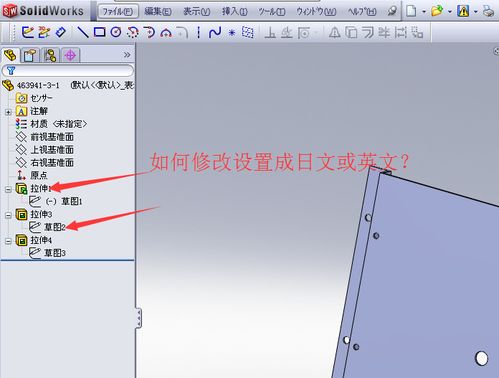来源:小编 更新:2024-10-04 11:49:09
用手机看

When we talk about the transformation of a paper airplane, we are essentially referring to the process of converting a simple piece of paper into a flying machine. This concept can be seen as a metaphor for creativity and innovation, where something seemingly mundane is transformed into something extraordinary.

A paper airplane, also known as a paper dart or paper glider, is a small aircraft made from a sheet of paper. It is a popular toy and has been enjoyed by people of all ages for centuries. The simplicity of its design and the ease of its creation make it a universal symbol of fun and imagination.

The transformation of a paper airplane involves several steps. First, the paper must be folded in a specific way to create the necessary aerodynamic shape. This shape typically includes wings, a tail, and a nose. The folds must be precise to ensure that the airplane will fly correctly.

There are several key elements that contribute to the successful design of a paper airplane:
Wingspan: The wingspan of the airplane should be proportional to its weight to ensure stable flight.
Angle of Attack: The angle at which the wings meet the oncoming air, known as the angle of attack, must be optimized for lift.
Center of Gravity: The center of gravity should be positioned correctly to prevent the airplane from flipping or tumbling during flight.
Weight Distribution: The weight distribution should be balanced to maintain stability and control.

The flight of a paper airplane is governed by the principles of aerodynamics. When the airplane is thrown, it moves through the air, and the air exerts forces on it. These forces include lift, which counters gravity and allows the airplane to fly, and drag, which slows the airplane down.

Creating a switched article on the transformation of a paper airplane into English involves translating the content from its original language into English while maintaining the intended meaning and structure. Here's how you can approach this task:
Understand the Original Content: Before translating, ensure you fully understand the content of the article. This includes the steps of creating a paper airplane, the science behind its flight, and the cultural significance of the activity.
Use Accurate Terminology: When translating technical terms like